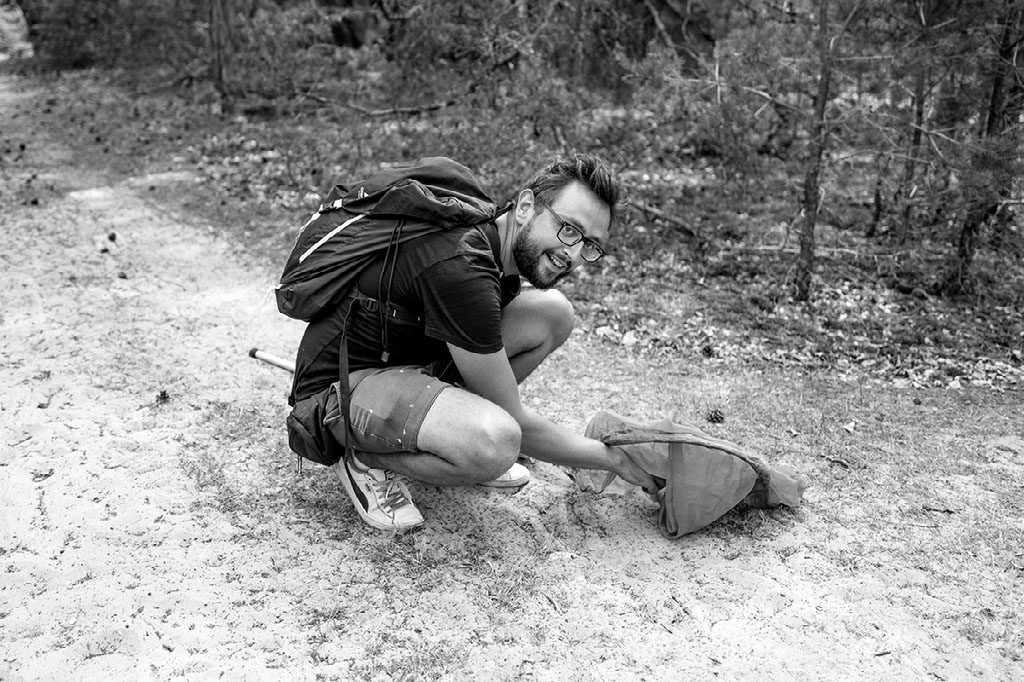Source: UF News
Somewhere in the middle of the South Pacific, the search is on for a rare butterfly. Armed with an oversized net and a machete, Emmanuel Toussaint has just two weeks in February to locate the species from deep within the Marquesas Islands of French Polynesia. If he finds it, it will be only the third reported sighting in history. The Marquesan snout butterfly, Libythea collenettei, is the sole endemic butterfly known to exist on the islands. Only five samples have ever been collected.
Toussaint, a post-doctoral researcher at the University of Florida's Florida Museum of Natural History, is no stranger to scouting in the oppressive humidity and busy terrain of an island environment. As an entomologist primarily researching water beetles and butterflies, he works to build comprehensive phylogenies, trees that depict relationships between species. And when possible he prefers to collect the samples himself.
His work characterizing biodiversity helps us understand how insects have adapted and are adapting to habitats that are rapidly changing and disappearing, due to factors like deforestation and climate change. A better understanding of the way biodiversity is formed can help us adopt appropriate conservation policies. What scientists learn from these trees speaks volumes about why and how to protect Earth’s future ecosystems, Toussaint said. It is the reason why it’s so important to go into the field and see how the animals are coping with disrupted ecosystems.
To read the full story, click here.

